A set of 7 posters outlining the structure of various types of sentences.
Use this teaching resource when examining sentence structure with your students.
This set of posters covers the following types of sentences:
- simple
- compound
- complex
- exclamation
- command
- statement
- question.
These posters have been provided with larger text for greater ease of reading at a distance.
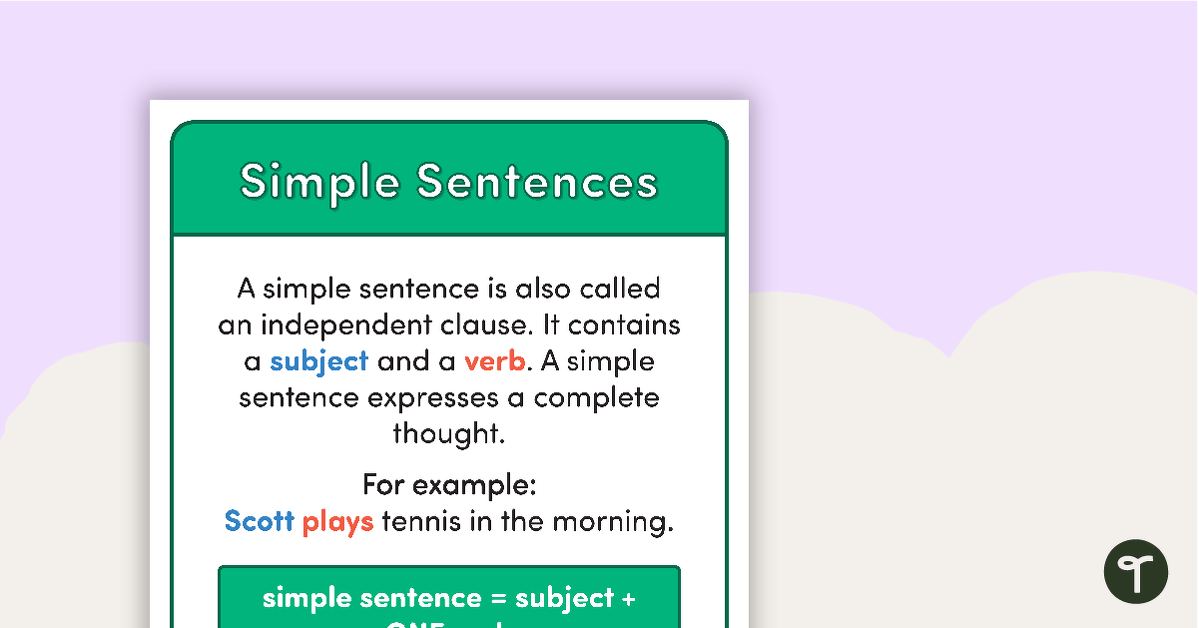

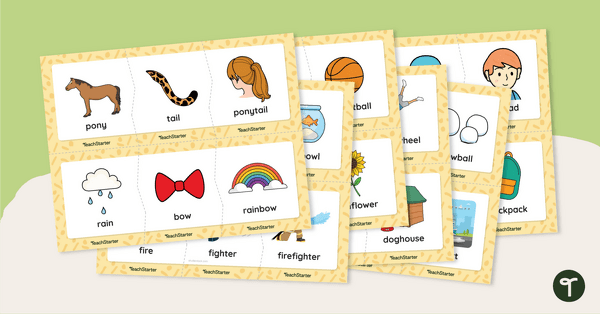
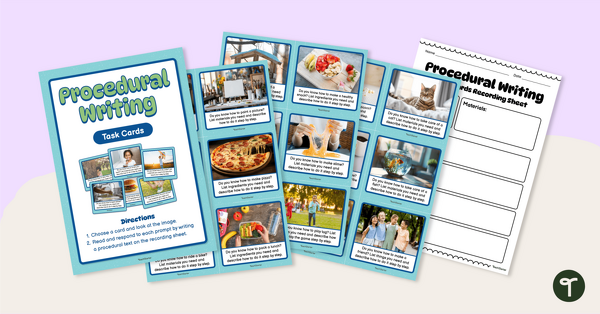
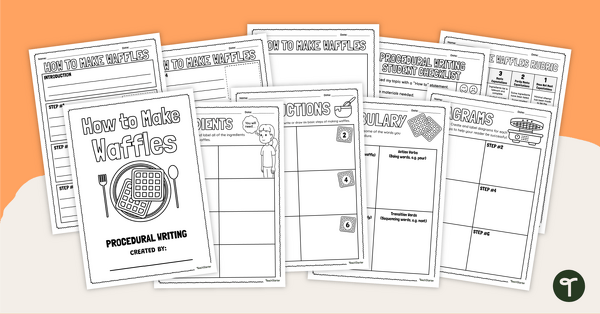
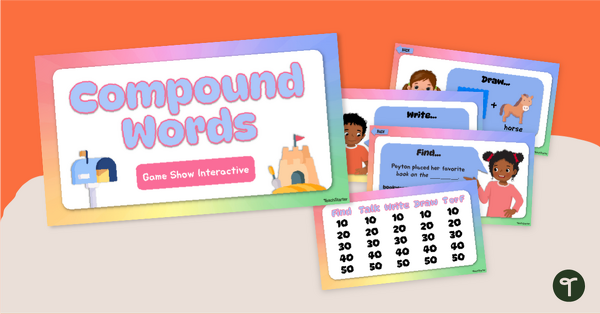
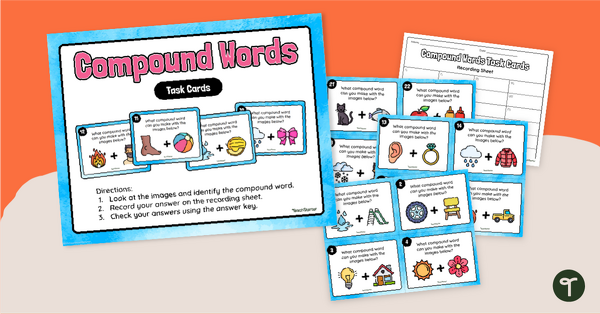
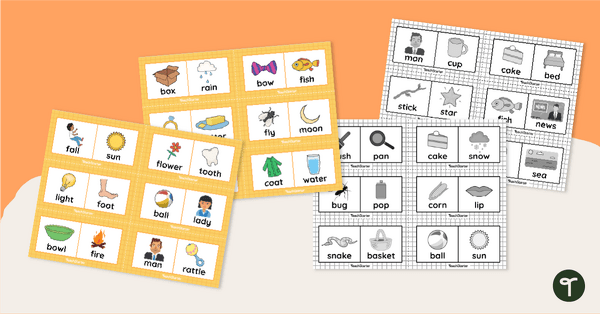


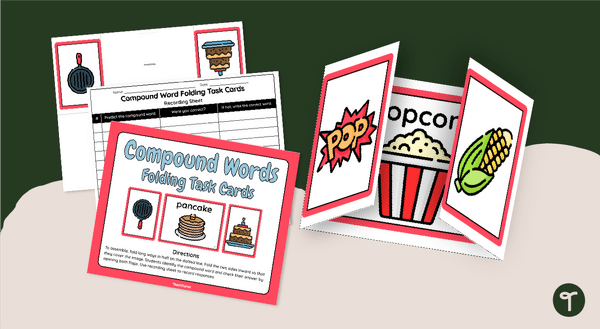
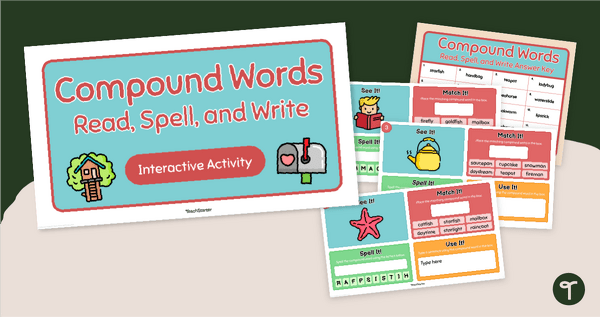
0 Comments
Write a review to help other teachers and parents like yourself. If you'd like to request a change to this resource, or report an error, select the corresponding tab above.